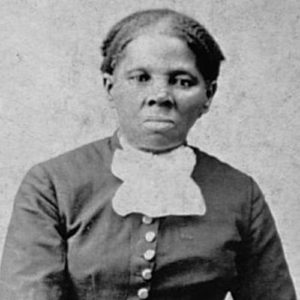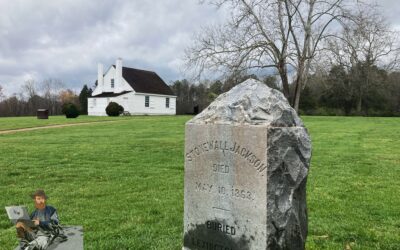Acrostic Poems to Teach the Civil War
An acrostic poem is a form of poetry in which the first letter of each line, when read vertically from top to bottom, spells out a word, phrase, or name. It is a creative and engaging way to express ideas, evoke emotions, and convey meaningful messages. Acrostic poems can be an excellent tool for teachers to incorporate into their teaching of American history, particularly the American Civil War, to enhance students’ understanding and engagement. Here are some ways teachers can utilize acrostic poems in their lessons:
1. Introduction to Key Figures: Assign students to create acrostic poems using the names of significant figures from the American Civil War, such as Abraham Lincoln, Harriet Tubman, or Robert E. Lee. This activity helps students delve deeper into the characters, their contributions, and their impact on history.
2. Exploring Themes: Encourage students to construct acrostic poems around central themes of the American Civil War, such as “freedom,” “unity,” “liberty,” or “conflict.” This allows students to reflect on the broader concepts and emotions associated with this period while honing their creative writing skills.
3. Battle Descriptions: Have students write acrostic poems using the names of major battles or events from the Civil War, such as “Gettysburg,” “Antietam,” or “Emancipation Proclamation.” This activity prompts students to research and understand the significance of each battle and express their understanding through vivid imagery and concise descriptions.
4. Emotional Exploration: Engage students in composing acrostic poems that capture the emotions experienced by individuals during the Civil War. Students can choose words like “hope,” “fear,” “sacrifice,” or “bravery” and use each letter to build a powerful and poignant poem that reflects the emotional landscape of that era.
5. Primary Source Analysis: Provide students with excerpts from letters, speeches, or documents related to the American Civil War. Students can then create acrostic poems using key phrases or quotes from primary sources, emphasizing their understanding of the historical context and the impact of these words.
6. Collaborative Projects: Encourage group work by assigning students to work together to create a series of acrostic poems that collectively narrate the story of the Civil War. Each group can focus on a specific aspect, such as the causes, key events, or the aftermath, allowing for a comprehensive exploration of the topic.
By incorporating acrostic poems into their teaching of American history and the American Civil War, teachers can foster creativity, critical thinking, and a deeper connection with the subject matter. This approach encourages students to engage actively with historical events, personalities, and themes, promoting a more memorable and enriching learning experience.
Harriet Tubman: A Heroine of Freedom 
Hailed as a symbol of courage and freedom,
A remarkable woman who defied oppression,
Risking her life for justice, she was driven,
Remembered for inspiring generations with her noble mission,
Inspiring others to embrace a brighter day,
Empowering those she led on the courageous way,
Traversing the shadows, her spirit unbroken.
Tireless in her determination to save,
Unfazed by the perils she faced, bold and brave,
Bearing the weight of a nation’s strife,
Making a difference, she sculpted a new life,
Astonishing strength resided in her soul,
Nurturing dreams of freedom, her ultimate goal.




0 Comments